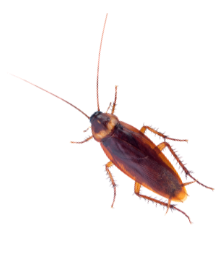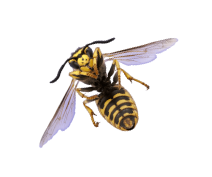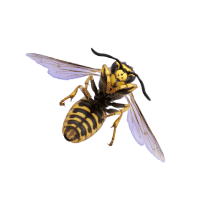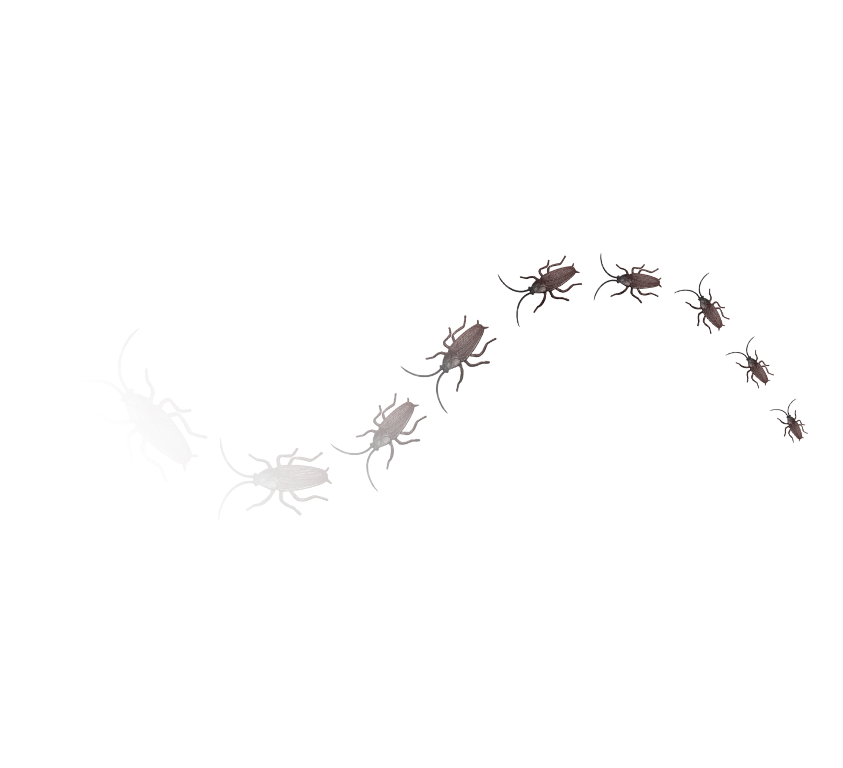
Their presence is associated with various health risks due to the diseases they can carry and spread. Moreover, rodents are known for their destructive nature, gnawing on everything from electrical wiring to structural components, which can lead to costly repairs. Effective rodent control involves a multifaceted approach that targets both prevention and elimination.
Rodents are highly adaptable creatures capable of living in a wide range of environments. They reproduce rapidly, with females capable of producing multiple litters a year, each containing several offspring. This rapid reproduction rate can quickly turn a small problem into an infestation.
Health risks associated with rodents include the spread of diseases such as hantavirus, leptospirosis, and salmonellosis. They can contaminate food sources and preparation areas through their droppings, urine, and fur. Additionally, rodents’ constant gnawing can damage property, lead to electrical fires from chewed wiring, and weaken structural integrity.
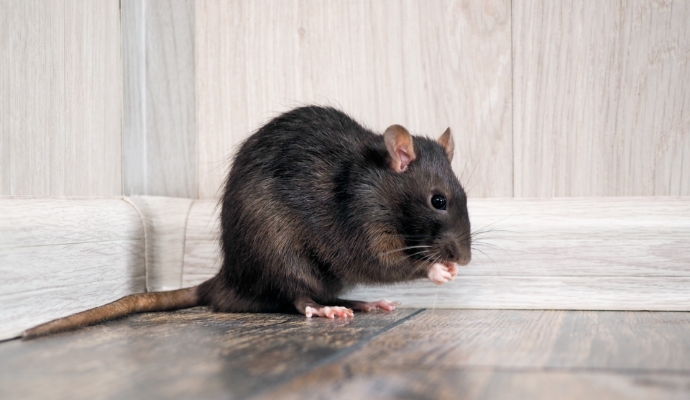
Early detection is crucial in managing rodent populations effectively. Signs of an infestation include:
Droppings and Urine: Finding rodent droppings or wet urine spots around food sources, under sinks, or along baseboards.
Gnaw Marks: Visible gnaw marks on food packaging, furniture, or structures indicate the presence of rodents.
Nests: Rodents build nests from shredded paper, fabric, or other fibrous materials in secluded areas.
Noises: Sounds of scratching, gnawing, or scurrying in walls or ceilings, especially at night.
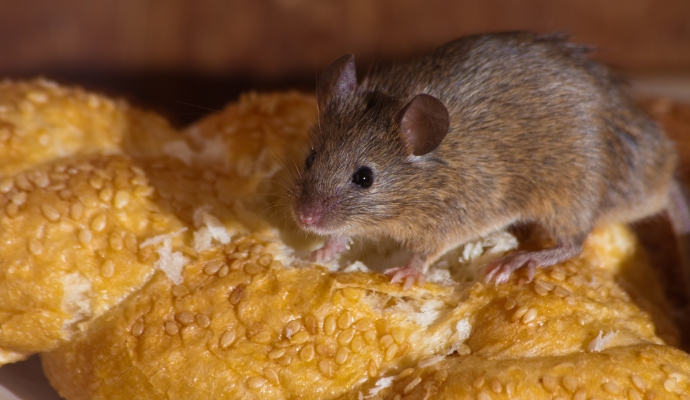
Effective rodent control involves an IPM approach that includes a combination of sanitation, exclusion, and population control techniques:
Sanitation: Keeping living areas clean and free of food debris reduces attractants for rodents. Store food in rodent-proof containers and dispose of garbage regularly.
Exclusion: Seal entry points such as cracks in foundations, gaps around doors and windows, and openings around pipes and utility lines. Use steel wool, metal flashing, or caulk to close off access points.
Traps and Baits: Various traps, including snap traps, live traps, and glue traps, can be effective for controlling small populations. For larger infestations or ongoing issues, rodenticides may be necessary but should be used cautiously to avoid exposure to pets and non-target wildlife.
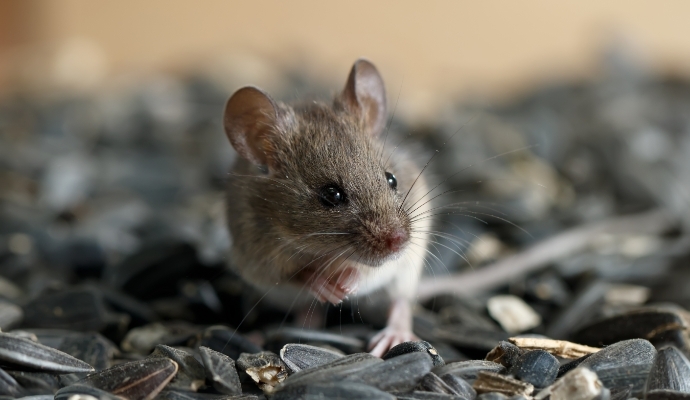
For severe infestations or when DIY methods are ineffective, professional pest control services can provide a more comprehensive solution. Professionals have access to a wider range of tools and techniques for identifying, eliminating, and preventing rodent populations. They can also offer customized advice for keeping your property rodent-free in the long term.
Preventing rodent infestations requires ongoing vigilance and maintenance. Regularly inspect your property for signs of rodents, maintain a clean and clutter-free environment, and promptly address any potential entry points or attractants. By understanding rodent behavior and implementing a proactive approach to pest management, you can protect your home or business from the risks and damage associated with these gnawing menaces.


